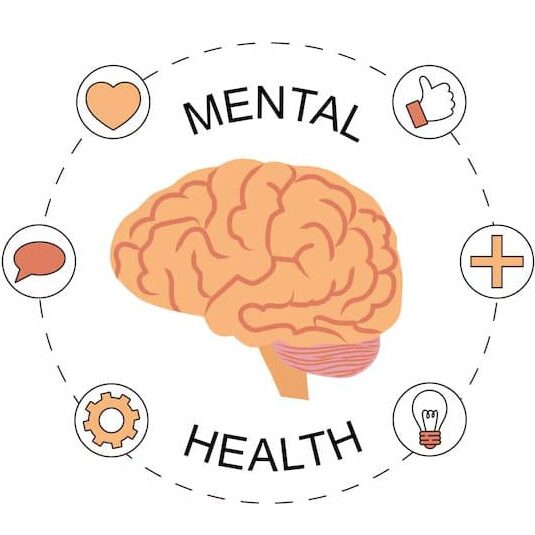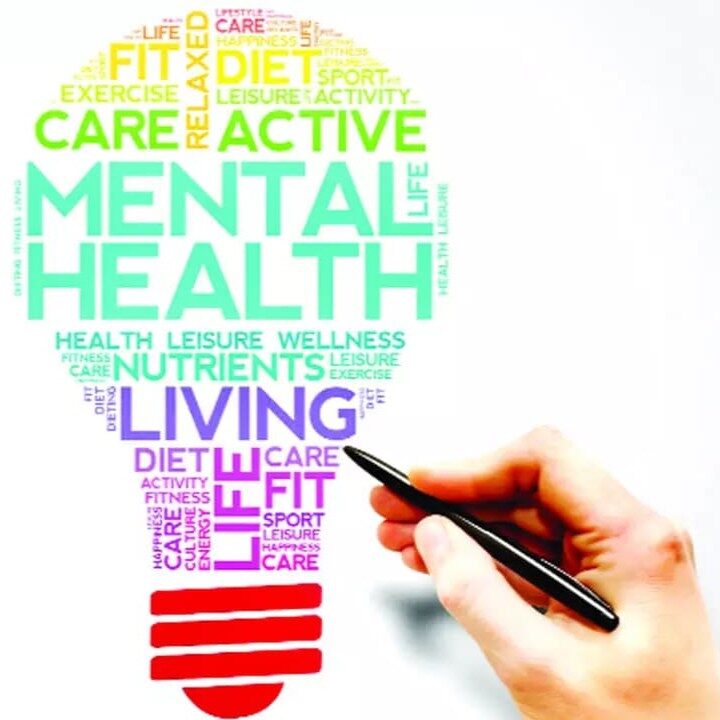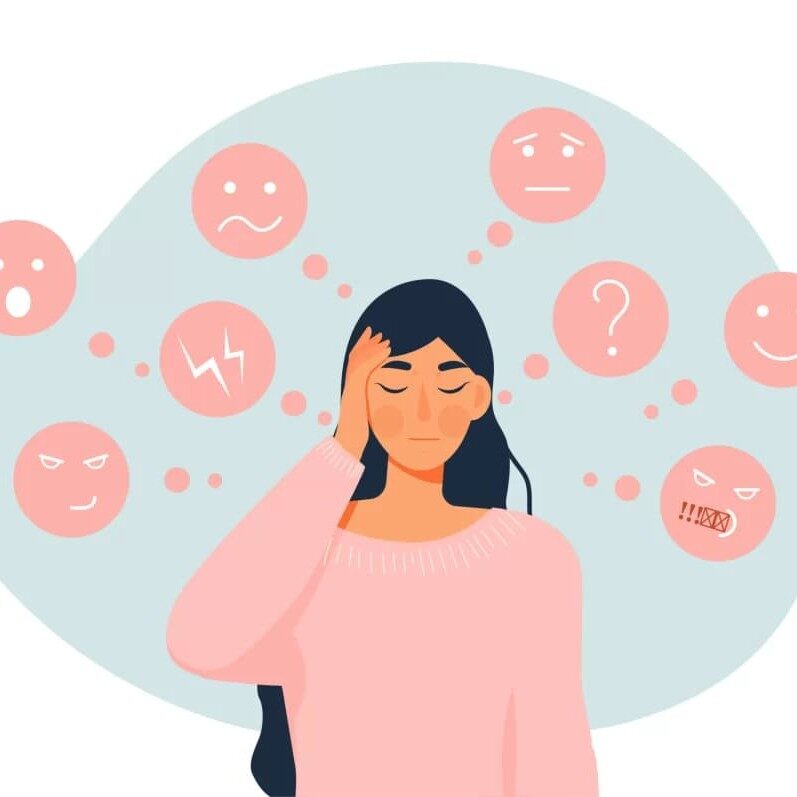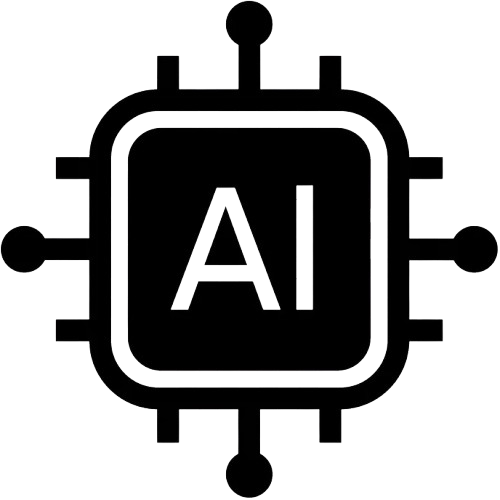Your cart is currently empty!
Written by Riyan Sharma {07|08|2025}
Mental Health: A Worldwide Wake-Up Call
Mental Health: A Worldwide Wake-Up Call
In recent years, mental health has become a topic of global discussion. What was once whispered behind closed doors is now part of public conversations in schools, workplaces, governments, and media platforms. From policy reforms to wellness campaigns, the world is finally recognizing that mental health is just as vital as physical health. This global shift marks not just awareness, but also action — a collective wake-up call to address one of the most pressing issues of our time.
Breaking the Stigma

Historically, mental health was surrounded by misunderstanding and silence. Talking openly about anxiety, depression, or therapy often carried shame. However, this stigma is slowly being dismantled, thanks to celebrities, athletes, influencers, and activists who are speaking up. Movements like #EndTheStigma and widespread public campaigns have played a pivotal role in normalizing conversations around mental well-being. As more people share their experiences, mental health is no longer seen as a weakness but a universal human condition.
Mental Health in the Digital Era

While technology has connected the world, it has also introduced new mental health challenges. Constant exposure to social media, cyberbullying, comparison culture, hustle mentality, and information overload have significantly increased stress and anxiety, especially among young people. Notifications never stop, and the pressure to be always “on” has blurred the lines between work and rest. These modern stressors call for modern solutions — digital detoxes, setting boundaries, and fostering healthy online habits are more essential than ever.
Impact on Students & Working Professionals

Students and professionals are among the most affected by today’s mental health crisis. Academic pressure, job insecurity, and performance expectations have led to rising cases of anxiety, depression, and burnout. Institutions are beginning to respond — schools are integrating emotional wellness programs, while companies are offering mental health days, employee assistance programs, and mindfulness resources. Yet, the demand for support still often outweighs what’s available.
Global Mental Health Campaigns
Worldwide, governments and health organizations have launched large-scale mental health initiatives. The World Health Organization (WHO) leads with its Mental Health Action Plan, focusing on universal access to care. World Mental Health Day, observed every October 10th, promotes global awareness. Countries like Australia, the UK, and Canada have made mental health part of their public health strategies, while local NGOs and grassroots efforts are making significant impact at the community level.
Support Tools & Resources
Technology has also become a lifeline for mental health support. Apps like Headspace, Calm, and BetterHelp provide guided meditation, therapy, and mental coaching. Platforms such as Talkspace and 7 Cups offer accessible therapy via chat or video. In many countries, helplines, peer-support groups, and local clinics offer both immediate and long-term care. These tools make support more inclusive, allowing people to seek help privately, affordably, and on their own terms.
What Still Needs to Change
Despite progress, barriers remain. Millions still lack access to quality mental health care due to affordability, limited availability, or social stigma — especially in rural areas and low-income nations. Mental health services are underfunded globally, and even in developed countries, long wait times and high costs prevent many from getting the help they need. There’s also a pressing need for mental health education to begin early, helping future generations prioritize emotional wellness from childhood.
Mental health awareness has come a long way, but the journey is far from over. As individuals, institutions, and societies, we must continue to prioritize mental well-being alongside physical health. Whether it’s supporting a friend, promoting workplace wellness, or simply taking care of your own mind, every small action counts. Mental health matters — not just on a campaign day, but every single day.
Written by Riyan Sharma {07|08|2025}
Mental Health: A Worldwide Wake-Up Call
Mental Health: A Worldwide Wake-Up Call
In recent years, mental health has become a topic of global discussion. What was once whispered behind closed doors is now part of public conversations in schools, workplaces, governments, and media platforms. From policy reforms to wellness campaigns, the world is finally recognizing that mental health is just as vital as physical health. This global shift marks not just awareness, but also action — a collective wake-up call to address one of the most pressing issues of our time.
Breaking the Stigma

Historically, mental health was surrounded by misunderstanding and silence. Talking openly about anxiety, depression, or therapy often carried shame. However, this stigma is slowly being dismantled, thanks to celebrities, athletes, influencers, and activists who are speaking up. Movements like #EndTheStigma and widespread public campaigns have played a pivotal role in normalizing conversations around mental well-being. As more people share their experiences, mental health is no longer seen as a weakness but a universal human condition.
Mental Health in the Digital Era

While technology has connected the world, it has also introduced new mental health challenges. Constant exposure to social media, cyberbullying, comparison culture, hustle mentality, and information overload have significantly increased stress and anxiety, especially among young people. Notifications never stop, and the pressure to be always “on” has blurred the lines between work and rest. These modern stressors call for modern solutions — digital detoxes, setting boundaries, and fostering healthy online habits are more essential than ever.
Impact on Students & Working Professionals

Students and professionals are among the most affected by today’s mental health crisis. Academic pressure, job insecurity, and performance expectations have led to rising cases of anxiety, depression, and burnout. Institutions are beginning to respond — schools are integrating emotional wellness programs, while companies are offering mental health days, employee assistance programs, and mindfulness resources. Yet, the demand for support still often outweighs what’s available.
Global Mental Health Campaigns
Worldwide, governments and health organizations have launched large-scale mental health initiatives. The World Health Organization (WHO) leads with its Mental Health Action Plan, focusing on universal access to care. World Mental Health Day, observed every October 10th, promotes global awareness. Countries like Australia, the UK, and Canada have made mental health part of their public health strategies, while local NGOs and grassroots efforts are making significant impact at the community level.
Support Tools & Resources
Technology has also become a lifeline for mental health support. Apps like Headspace, Calm, and BetterHelp provide guided meditation, therapy, and mental coaching. Platforms such as Talkspace and 7 Cups offer accessible therapy via chat or video. In many countries, helplines, peer-support groups, and local clinics offer both immediate and long-term care. These tools make support more inclusive, allowing people to seek help privately, affordably, and on their own terms.
What Still Needs to Change
Despite progress, barriers remain. Millions still lack access to quality mental health care due to affordability, limited availability, or social stigma — especially in rural areas and low-income nations. Mental health services are underfunded globally, and even in developed countries, long wait times and high costs prevent many from getting the help they need. There’s also a pressing need for mental health education to begin early, helping future generations prioritize emotional wellness from childhood.
Mental health awareness has come a long way, but the journey is far from over. As individuals, institutions, and societies, we must continue to prioritize mental well-being alongside physical health. Whether it’s supporting a friend, promoting workplace wellness, or simply taking care of your own mind, every small action counts. Mental health matters — not just on a campaign day, but every single day.


Leave a Reply